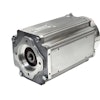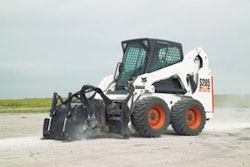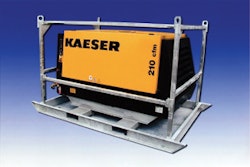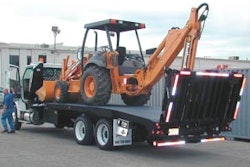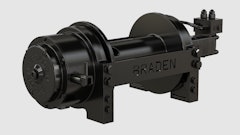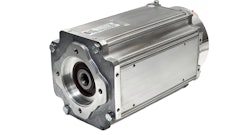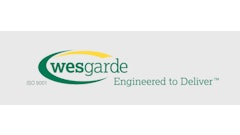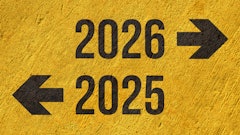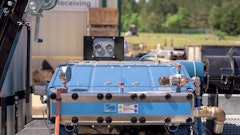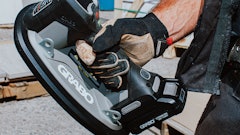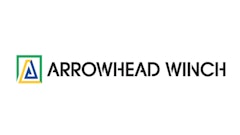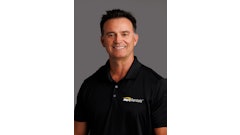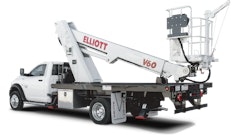I recently attended the annual AED (Associated Equipment Distributors) Executive Forum held in Chicago . This is a great 1.5-day program for anyone involved in construction, rental and/or equipment dealer activities. We review the industry, the economic outlook, ways to improve profits and cash flow and finally forecast business activity; everything you need to know to plan business activities for the next 12 months or so.
For those in the rental business, the speakers concluded that the housing, industrial and commercial markets should remain robust as long as nothing silly happens in terms of interest rates. In addition, manufacturing and wholesale companies are accumulating free cash flow and again investing in remodeling or new building projects. The speakers also indicated the construction equipment industry is two years into a five- to seven-year positive cycle. The best growth years might be behind us, but growth in some form can be counted on for the next three to five years. All in all, there is a positive outlook.
In terms of your rental fleets it looks like new equipment lead times will remain higher than normal. And for the first time in a lot of years it looks like this equipment will be increasing in price annually for years to come. It’s been tough to pass on price increases the last four or five years, but now with inventories under control and the steel and rubber price increases and other inflationary cost increases, manufacturers can no longer avoid these factors and must start to pass them on. So, expect to see annual increases until the next market correction.
So, how does this affect your rental fleet?
If you are regularly turning over your fleet, it’s going to cost you more in terms of both price and interest rates. It might be prudent to upgrade a little earlier than planned if there are still some units out there available at cheaper prices.
Higher cost for equipment leads to higher dollar utilization requirements if one hopes to maintain gross profit margins. The trick will be to get the prices to stick. Once most of the rental houses in your area upgrade their equipment it will be easier to get the prices you need to maintain margins.
Higher prices for new units, tight delivery schedules and tight used markets all lead to higher prices on sales of retired units and for replacement units if you follow a philosophy of putting only good used units into your fleet.
Even if gross margins hold, the interest as a carrying cost will still increase, forcing pre-tax income to decrease. Keep this in mind when setting rates.
Fleet managers or owners need to plan with the expectation of higher equipment costs, longer lead times, higher interest rates, and a reluctance of customers to pay higher rates. To cut to the chase, this has to lead to a decrease in cash flow unless steps are taken to mitigate the negatives of these expectations.
Dollar utilization must be maintained. You can make global adjustments to your fleet (cost basis) by eliminating marginal units. Then, even though you can’t get prices to stick, you have the ability to have the utilization percentage hold fast.
You have to inspect fleet activity and decide sooner rather than later which units need replacing so you can get your name on the list or start a search for good used units.
You can try to lock in a long-term rate (if it makes sense) to combat higher interest rates every six months. If your fleet is large enough you can always investigate a hedge of some sort to help hold your interest
cost steady.
Any decrease in cash flow resulting from new equipment purchases might require adjustment of expense levels or a delay in
capital spending.
In short, it looks like the future is bright and there are opportunities to improve returns on assets and margins. On the reverse side, however, your fleet management skills may be required to make the most of these opportunities.


